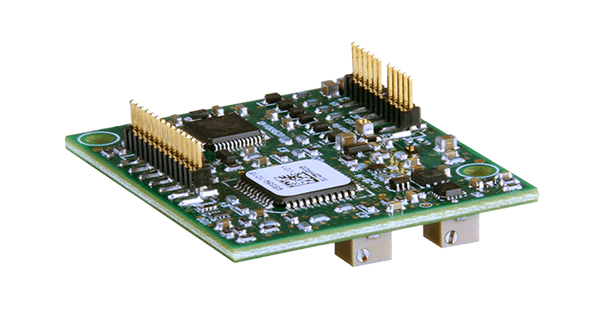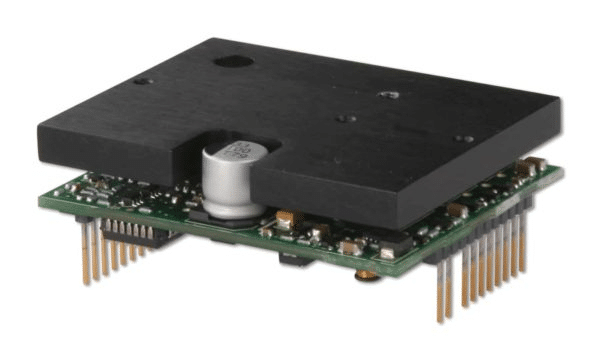Servo drives are pivotal components in modern engineering, integral to enhancing precision and efficiency in various applications.
These devices regulate the position, speed, and torque of motors with incredible accuracy, making them indispensable in fields like robotics, manufacturing, and automotive engineering. This guide delves into the common issues associated with servo drives, offering insights into troubleshooting and preventive maintenance to ensure optimal performance.
Table of Contents
What are Servo Drives?
Servo drives, or servomechanisms, are complex assemblies critical for motion control in automated systems. Here’s a breakdown of their key components and functions:
- Motor Controller: Interprets signals and adjusts motor output.
- Power Amplifier: Boosts control signals to levels suitable for driving the motor.
- Feedback Sensor: Provides real-time feedback on the motor’s actual position, speed, or torque.
- Drive Mechanism: Converts electrical energy into mechanical motion.
Common Issues with Servo Drives

Despite their robust design and critical role, servo drives encounter several common issues that can impact their performance and longevity. Understanding these problems is the first step toward effective troubleshooting and maintenance.
What Causes Overheating in Servo Drives?
Overheating in servo drives can stem from excessive load, inadequate ventilation, or environmental factors. To prevent this issue, ensure proper installation, regular cleaning of cooling fans, and adjustment of the load to manufacturer specifications.
Why do Servo Drives Experience Overcurrent?
Overcurrent issues often arise from sudden changes in load, short circuits, or component malfunctions. Mitigating these problems involves regular inspections, using appropriate wire sizes, and ensuring protective devices are in place.
How Can Electrical Noise Affect Servo Drives?
Electrical noise can disrupt the control signals, leading to erratic motor behavior. Solutions include using shielded cables, proper grounding techniques, and noise filters to maintain signal integrity.
What are the Signs of Encoder Failures in Servo Drives?
Encoder failures manifest as incorrect motor positioning, unexpected motion errors, or loss of synchronization. Regular testing, using high-quality encoders, and prompt replacement of faulty units can aid in troubleshooting.
Troubleshooting Communication Errors in Servo Drives
Communication errors between servo drives and controllers can halt operations. Key steps to resolve these include checking connection integrity, verifying configurations, and updating firmware regularly.
Preventative Maintenance for Servo Drives

Proactive maintenance is crucial to prolonging the life of servo drives and avoiding downtime. Key actions include:
- Regular Inspections: Check for wear and damage.
- Software Updates: Keep firmware and software up to date.
- Component Testing: Periodically test components like encoders and sensors.
How Often Should Servo Drives Be Serviced?
Servo drives should undergo routine servicing at least annually, or more frequently depending on usage intensity and environmental conditions.
What are Key Servo Drive Maintenance Techniques?
Effective maintenance techniques include lubrication of moving parts, recalibration of sensors, and replacement of worn components.
How to Diagnose and Fix Common Servo Drive Problems
Addressing common issues involves a structured approach to diagnosing and implementing fixes. This section offers a detailed guide on tackling prevalent problems.
Step-by-Step Guide to Resolving Overheating
- Check Airflow: Ensure no obstructions around the drive.
- Inspect Load Conditions: Adjust to within acceptable limits.
- Upgrade Cooling Systems: Consider additional cooling if recurrent overheating occurs.
Best Practices for Managing Overcurrent Situations
- Install Protective Devices: Use fuses and circuit breakers.
- Monitor Load Changes: Adjust operations to prevent sudden spikes.
How to Shield Servo Drives from Electrical Noise
Employ grounding and shielding techniques, and choose high-quality components to minimize susceptibility to interference.
How to Replace or Repair Faulty Encoders
- Diagnose the Issue: Confirm encoder failure through diagnostics.
- Select the Correct Replacement: Ensure compatibility with existing systems.
- Follow Installation Procedures: Use manufacturer guidelines for replacement.
Upgrading and Replacing Servo Drives

Upgrading or replacing servo drives may be necessary to meet enhanced performance requirements or to incorporate newer technology. Considerations include compatibility, cost-effectiveness, and future-proofing capabilities.
How to Choose the Right Servo Drive for Your Application
Factors to consider:
- Application Requirements: Define precision, speed, and torque needs.
- Environment: Assess the operational environment for temperature, dust, and interference.
- Budget and Future Needs: Balance current costs against future scalability.
What are the Latest Innovations in Servo Drive Technology?
Recent advancements include increased energy efficiency, integration with IoT for better diagnostics, and improved durability under harsh conditions.
Conclusion
Understanding the intricacies of servo drives and their common issues is crucial for any engineering professional. With proper knowledge, preventive maintenance, and effective troubleshooting, servo drives can operate at peak efficiency, driving advancements in numerous technological areas.
This guide aims to equip professionals with the knowledge to manage and optimize the performance of their servo systems, ensuring reliability and longevity in their engineering applications.





